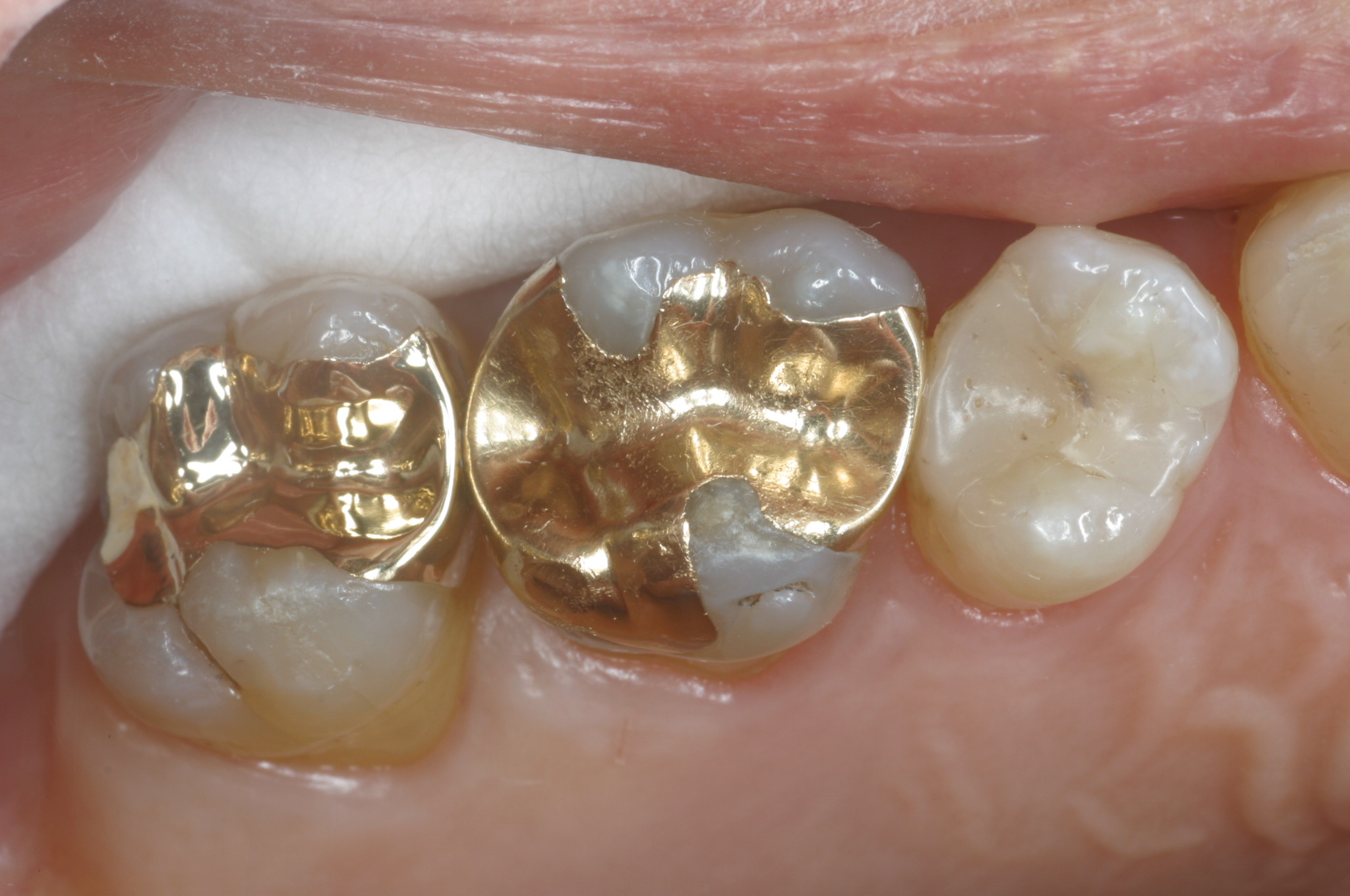Gold inlays are a good treatment option for posterior teeth

Dentists are obligated to offer patients a restoration that can serve them long and well.
Gold inlays have low annual failure rate and are still to be considered a good treatment option for posterior teeth. These are the conclusions from a recent retrospective, practice-based study conducted by Institute of Clinical Dentistry, University of Oslo and NIOM. The study included 138 patients, with a total of 391 posterior Class II gold inlays placed in the period from 1970 to 2015.
Even though aesthetics and high cost have unquestionably become major considerations for both patients and dentists, treatment with gold inlays should still be considered when the right indications are present, e.g. for patients with high masticatory forces. The present study, investigating the survival and reasons for failure of posterior Class-II gold inlays/onlays among Norwegian adults in a private practice, has confirmed this.
Gold inlays in posterior teeth have a low annual failure rate on mean follow-up of 11.6 years.
Most dental restorations have a limited lifespan and will eventually be replaced or repaired. Good practice requires that a dentist offer the patient a restoration that will serve long and well; the gold inlay remains a strong candidate.
Key findings:
- After an average follow-up period of 11.6 years, 93.6% of the gold inlays were classified as successful; 6.4% had failed.
- Reasons for failure were: secondary caries (41.3%), lost inlay (25.4%), fractures (23.8%) and other (9.5%).
- Mean annual failure rate (AFR) of the inlays was 0.57%.
Clinical importance:
Although advances in adhesive technique and escalating aesthetic considerations have extended the indications for tooth-coloured restoration, it is important that dentists do not forget the value of gold as a restorative material, one with excellent longevity.
Full text available here:
Mulic A, Svendsen G, Kopperud SE
A retrospective clinical study on the longevity of posterior Class II cast gold inlays/onlays. J Dent. 2018 Mar;70:46-50.
Read more: https://www.sciencedirect.com/science/article/pii/S0300571217303056?via%3Dihub

